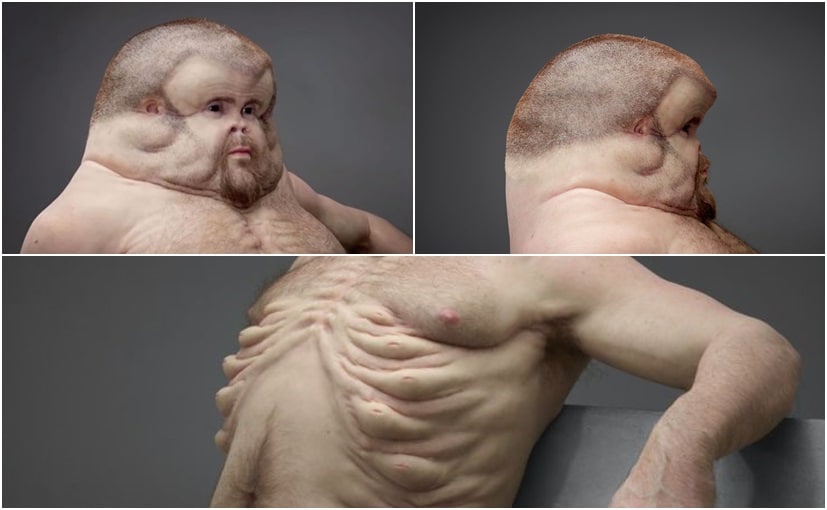Artist Designs a Lifelike Model of a Car Crash Proof Human Body
Highlights
- Graham can withstand the injuries that we sustain in car accidents
- It was designed for a road safety campaign organised by TAC, Australia
- It took over one year and $200,000 (Australian) to create Graham
Yes, you read it right. A Melbourne-based artist named Patricia Piccinini recently revealed the manifestation of her imagination of a human being who can survive some of the most severe car crashes, through this lifelike sculpture. Christened as Graham, this model of a crash-proof human being comes with unique qualities like ultra-thick rib cage lined with sacs that serve as natural airbags, a flattened face that can better absorb the impact energy of a crash, a larger skull with more cerebrospinal fluid and ligaments to better protect the brain, and thicker layer of skin for better protection, to mention a few. Graham can even avoid injuries as a pedestrian thanks to his hoof-like legs with added joints and knees that bend in all directions to quickly move out of the way of oncoming traffic.

Graham is Designed to Survive Severe Car Crashes
This grotesque looking impression of an imaginary human body essentially tells us how vulnerable our actual body is, especially when involved in a car crash. Designed for the Transport Accident Commission (TAC) of Victoria, Australia, as part of their road safety campaign, with Graham, TAC is trying to spread awareness about this very fact. Christian Kenfield, a trauma surgeon, who was an integral in the development of the Graham project says, "We (humans) really weren't designed to tolerate the injuries that we sustain in motor vehicle accidents. The danger at even low speeds such as 25, 30, 35km/h is quite great. With our increased speed, even the good design of the body is not protecting organs in some cases."
Talking about Graham project he said, "If we were to try to design the (human) body if we were able to do that, in a way that would afford more protection... (than the result would be Graham). It's a difficult question. It's not something that we think about often. It's something that is worth talking about and worth thinking about, even only to raise the awareness of how vulnerable we are." Sharing her view about the project, Patricia Piccinini said, "What excites me about this project is its relevance to our community, its importance." Further, she added, "For me, this is a challenge to make a work that's not just a museum piece, it can be a vehicle for a very important idea."
The idea of creating the Graham project was started a year ago and was brought to life by Piccinini in six months. It has been revealed that the cost of bringing the Graham project to life was $200,000 (Australian) which is a little over Rs.1 crore. All of Graham's unique features can be explored at the project's official website - meetgraham.com.au.
Latest News
- Home
- News
- Technology
- Artist Designs a Lifelike Model of a Car Crash Proof Human Body










